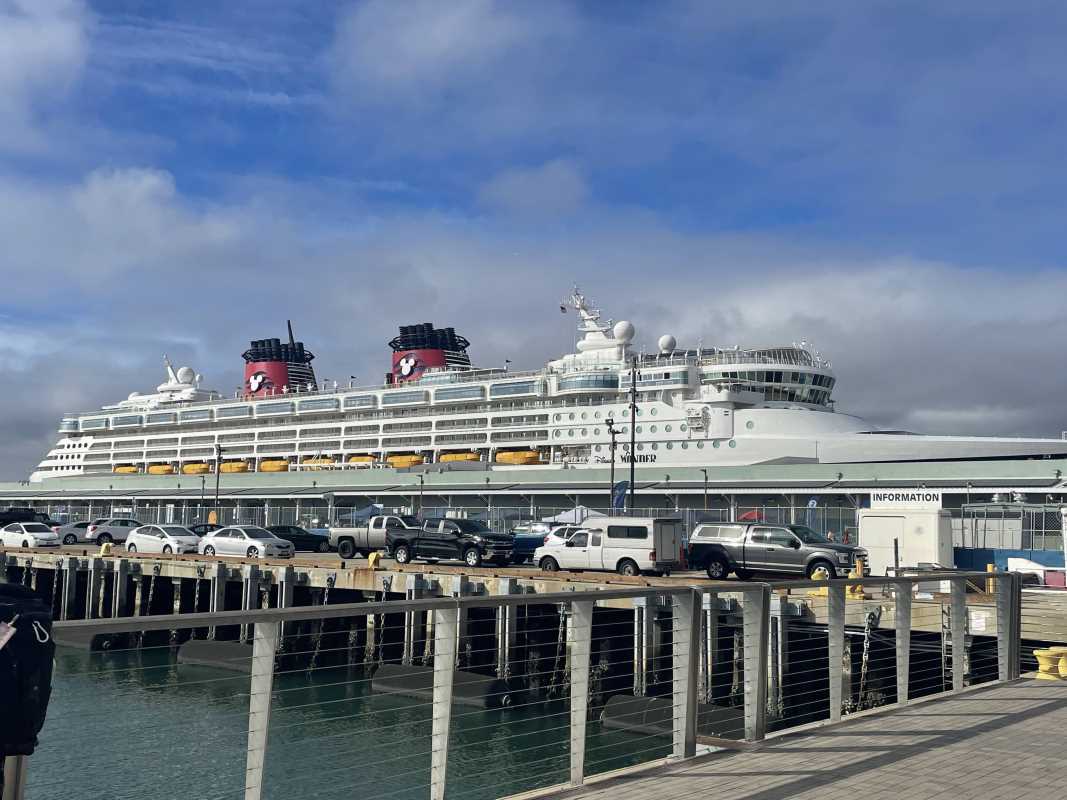Setting sail on a cruise should be an exhilarating experience, not one marred by the discomfort of seasickness. Here are nine practical tips to help you steer clear of nausea and make the most of your time at sea.
Choose a Stable Cabin Location
The placement of your cabin can significantly affect your susceptibility to seasickness. Opt for a cabin located in the middle of the ship or on lower decks where motion is minimized.
- Mid-ship cabins experience up to 50% less motion compared to those located at the ship's ends.
- Lower deck accommodations are typically less affected by the rocking motions that can induce seasickness.
Adopt a Seasickness-Friendly Diet
What you eat on board can affect how well you handle the ship's movements. Opt for lighter meals and avoid foods that are heavy, spicy, or rich.
- Approximately 65% of travelers find that sticking to simpler, lighter meals helps maintain a settled stomach.
- Staying hydrated is essential, as dehydration can worsen symptoms of motion sickness.
Focus on the Horizon
Keeping your gaze fixed on a stable point, like the horizon, helps synchronize your sense of balance with the motion you see, easing symptoms of motion sickness.
- Around 70% of passengers find relief by looking at the horizon when they feel nauseous.
- This technique is particularly effective when you start feeling the first signs of seasickness.
Seek Fresh Air
Fresh air can do wonders for motion sickness. Spend time on deck where the air is fresher and the perspective of the horizon is unobstructed.
- Many passengers report immediate relief when stepping out into the open air of the ship's decks.
- The natural sea breeze helps alleviate nausea and refreshes your senses.
Consider Medication
If natural remedies aren’t enough, over-the-counter or prescribed medications can provide effective relief and are best taken before symptoms start.
- A significant percentage of cruise goers rely on medications to prevent onset of seasickness symptoms.
- For best results, medications should be taken prior to departure as per a healthcare provider's instructions.
Use Acupressure Wristbands
These non-invasive bands apply pressure to points on your wrists thought to reduce nausea.
- Many passengers who prefer not to take medication use acupressure wristbands as a natural alternative.
- These are readily available and can be a handy tool for combating seasickness.
Try Ginger
Ginger has long been praised for its anti-nausea properties and can be consumed in various forms, such as in candies, teas, or capsules.
- A considerable number of travelers swear by ginger to help soothe their stomachs naturally.
- Ginger is especially popular for those who prefer natural treatment methods.
Stay Active
Engaging in gentle activities can distract you from feelings of nausea and help your body adjust to the ship's movements.
- Activities that keep you moving or entertained can divert your attention from the feeling of motion.
- Whether it’s a show or a brisk walk around the deck, staying active can mitigate the effects of seasickness.
Consult a Doctor
For those particularly prone to motion sickness, consulting with a healthcare professional before your trip can be invaluable.
- Personalized advice from a doctor can make a significant difference in your cruise experience, especially for those with severe symptoms.
- A medical professional can provide specific recommendations and prescriptions tailored to your needs.
By implementing these strategies, you can reduce the risk of seasickness and ensure that your cruise is as enjoyable and comfortable as possible.
(Image by DSR)
 (Image source: Inuvo / DSR)
(Image source: Inuvo / DSR) 





